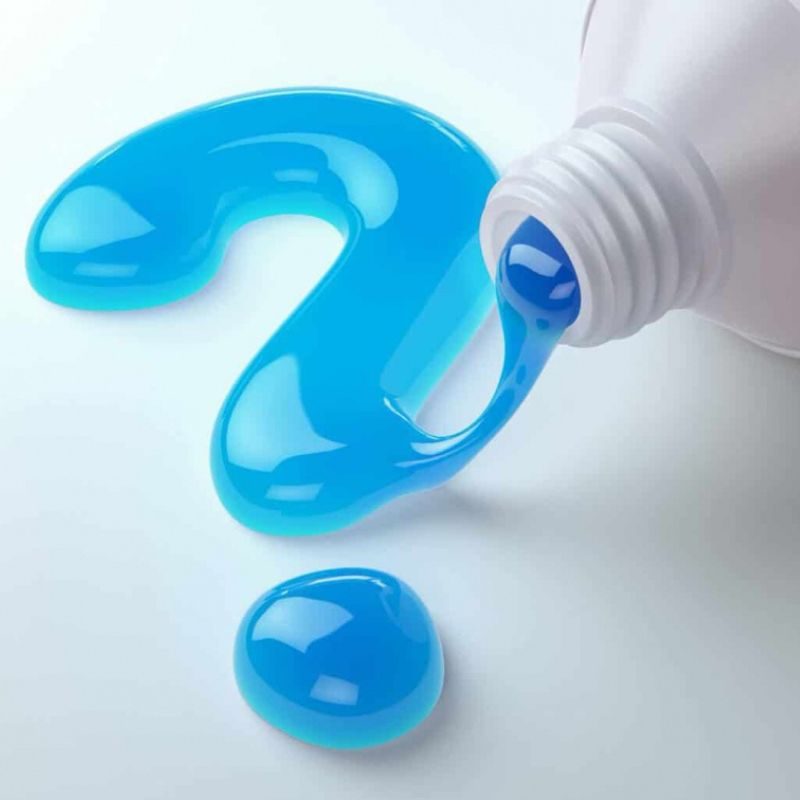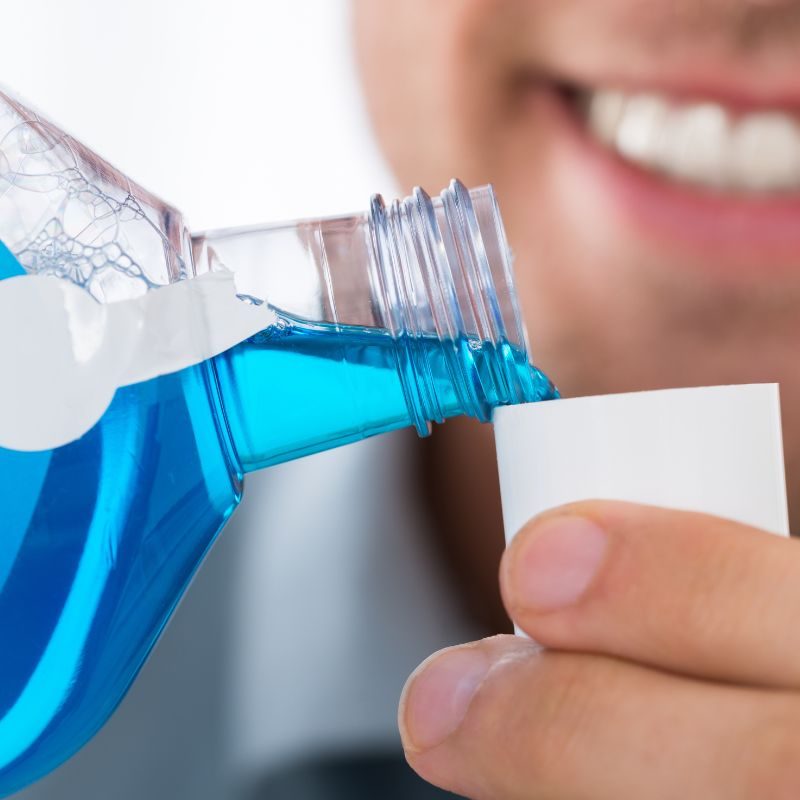What is fluoride?
Fluoride is a naturally occurring mineral found in many foods and water. Dentist use fluoride to strengthen teeth and reduce the risk of cavities.
What does fluoride do?
Every day, Enamel (the hardest outer most layer of your tooth) gains and loses minerals. Teeth lose minerals when acids — formed from bacteria, plaque and sugars in your mouth — attack your enamel. (The process called demineralization.) Teeth gain minerals — like fluoride, calcium and phosphate — from food and water consumed that contain these minerals. (This process is remineralisation.)
Tooth decay is a result of too much demineralization without enough remineralisation.
Dental fluoride helps prevent tooth decay by making your enamel more resistant to acid attacks. It also reverses early decay.


Benefits of fluoride
Fluoride strengthens teeth and reduces your risk of cavities by approximately 25%.
You might especially benefit from fluoride if you have:
- Dry mouth (xerostomia), a common side effect of some healthcare conditions and certain medications (such as allergy medications). Saliva helps wash away food particles and bacteria. Slow saliva production makes you more prone to oral health issues like gum disease and cavities.
- Gum disease, which exposes your teeth and gums to bacteria and increases your risk of tooth decay.
- A history of tooth decay, which usually means that you’d benefit from additional fluoride.
- Crowns, bridges, braces or dentures, which may increase your risk of cavities, especially around orthodontic brackets or where your crown meets your tooth.
Fluoride in Toothpaste
- Strengthen tooth enamel
- Slow down the loss of minerals from tooth enamel
- Protect teeth against decay by helping strengthen developing enamel
- Slow acid production of bacteria caused by plaque
- Protect teeth against a process called demineralization
- Reduce demineralization of enamel
- Promote re-mineralization
- Using a pea-sized amount of fluoride toothpaste at each brushing.
- Spitting out rather than swallowing the toothpaste.
- Not allowing children under age 6 to use fluoride mouth rinses unless recommended by a dentist or other healthcare provider.
- Not giving fluoride-containing dietary supplements to children under 6 months of age.
- Crowns, bridges, braces or removable partial dentures, which may increase your risk of cavities, especially around orthodontic brackets or where your crown meets your tooth.
Drawbacks of fluoride toothpaste
While fluoride toothpaste is widely regarded as safe and effective for promoting dental health, there are some potential drawbacks or considerations to be aware of:
- Dental Fluorosis: Excessive intake of fluoride during tooth development in childhood can lead to dental fluorosis, a cosmetic condition that affects the appearance of tooth enamel.
- Risk of Ingestion: Young children, especially those under six years old swallowing large amounts of fluoride toothpaste can lead to acute toxicity. Supervise young children while they brush and to use only a pea-sized amount of toothpaste.
- Allergic Reactions: Although rare, some individuals may experience allergic reactions or sensitivity to fluoride or other ingredients in toothpaste formulations.
Despite these potential drawbacks, the benefits of fluoride toothpaste in preventing tooth decay and promoting oral health generally outweigh the risks when used as directed. It’s essential to use fluoride toothpaste in moderation, follow recommended guidelines for brushing, and supervise children to minimize potential risks. If you have specific concerns about fluoride toothpaste, consult with your dentist or healthcare provider for personalized advice.
Is fluoride toxic?
When used properly, fluoride is safe and effective. But it can be hazardous at high doses. (The “toxic” dosage level varies based on a person’s weight).
If you’re a parent, it’s important to supervise your child’s use of fluoride. Here are some helpful tips:
- Avoid flavoured fluoride toothpaste. (Children are more likely to swallow flavoured toothpaste.)
- Use only a pea-sized amount of fluoridated toothpaste on your child’s toothbrush.
- Be cautious about using fluoridated toothpaste in children under age 6. (Children under 6 years of age are more likely to swallow toothpaste instead of spitting it out.)
Side effects of fluoride
The most common side effect of fluoride is fluorosis. People with fluorosis develop spots on their teeth that can range from light white to dark brown. These spots typically occur during tooth development, usually in children under the age of 6.
Fluorosis most often results from consuming naturally occurring fluoride, like that found in well water. If you have well water, testing a sample can help determine how much fluoride is in your water.
FAQs of Fluoride
‘Fluoride is safe when used properly & optimally ‘rather
‘Fluoride is good for teeth health’
WHY XYLITOL & FLUORIDE TOGETHER
Xylitol & fluoride
‘Synergistic Anti- Cavity effect ‘of xylitol with fluoride, means the combined effect is many times more significant than both of them could have individually.
Xylitol & fluoride together have a synergistic effect on the acid production of bacteria. Xylitol has potential to enhance inhibitory effects of low concentration of fluoride( Karger c 2003 S. Karger AG, Basel 0008-6568/03/0.376- 0.425-19.50/0)
Contact Us
Customer support
+91-9310022929
care@bhoojaa.com
Our location
A-12 1st floor, Prashant Vihar, Rohini Delhi-110085



